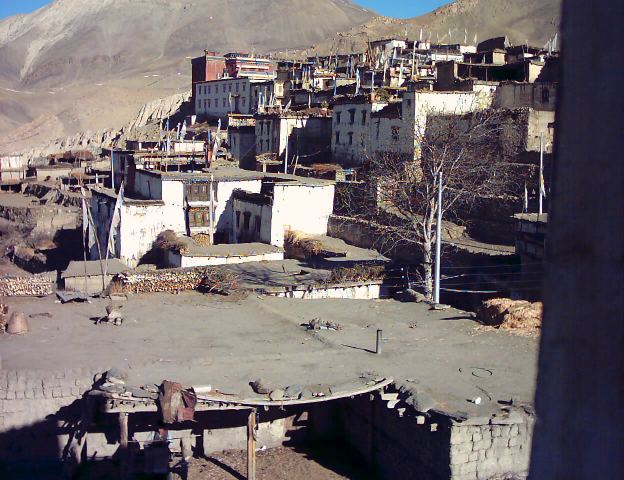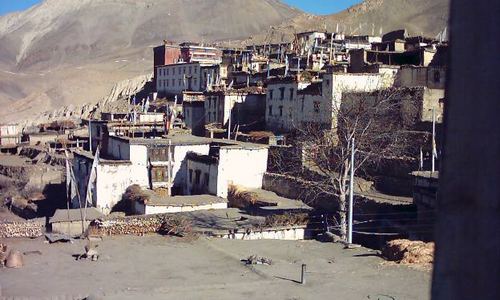Vagabondish is reader-supported. When you buy through links on our site, we may earn a small affiliate commission. Read our disclosure.
We’re not exactly fans of so-called poverty tourism (“poorism”). Rich tourists go to a village in India or a township in South Africa. They walk amidst the desperate poverty, maybe pick up some kids, and then leave having experienced a refreshing catharsis of guilt over their privilege. If they’re really obnoxious they spend the next half-decade subjecting their friends to mawkish descriptions of “how they felt” throughout their pointedly temporary and intentionally abject half-day outing. It’s all so teeth-gratingly unseemly.
So our first reaction to the new plan of the Nepal Toursim Board – to highlight 10 rural villages as tourism destinations and build infrastructure so travelers can get to them – was wary skepticism. But it turns out that this isn’t your normal voyeuristic rural/village/poverty tourism project:
Selection of potential destinations, houses or resorts, providing training, making tour packages, fam trips and market promotion for the selected destination were underway. “There are challenges as we need to launch new activities and products including the basic infrastructure that will determine the length of stay in the villages,” he said… the Tara Gaon Development Board (TGDB) including other organizations was also studying on sustainable village tourism development across the country. According to the NTB, villages like Sirubari, Ghalegaon, Nar Phu, Lumbini, Chepang, Pasgaon, Dhading, Sailung, Siklish, Siurung, Balanthali, Sivapuri, Bhujung, Gorkha, Ganga Jamuna and Nagarkot have already gained popularity for village tourism.
The catch here is that Nepal’s not calling for straightforward poverty tourism, where the point is to see a destitute village because it’s ostensibly “authentic” (the much creepier equivalent of San Francisco or Boston yuppies who frequent dive bars). Instead this is a very concentrated and deliberate effort to build basic infrastructure and get to the root of why these villages are poor in the first place. There might be criticisms of that move – debates over the ethics and sustainability of development are hardly new – but vulgar poorism this is not.
Under normal situations poor villages stay poor because no one can afford anything businesses are interested in supplying, which in turn prevents businesses from creating the local jobs that would create wealth. It’s the very definition of a cycle of poverty.
The Nepal Tourism Board was actually pretty clever about this project, announcing now that they’ll be pushing the villages as destinations in 2011. The early heads up telegraphs to the private sector where customers will be two years from now, giving entrepreneurs an incentive to get on the ground in those villages. Promising tourist dollars later for investments now neatly sidesteps the problem of jump-starting a local economy, hopefully creating a sustainable economic engine that’s able to run on its own.



